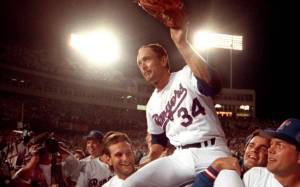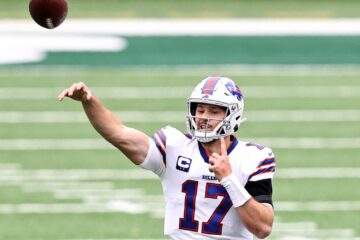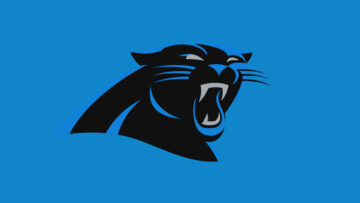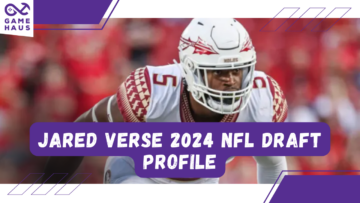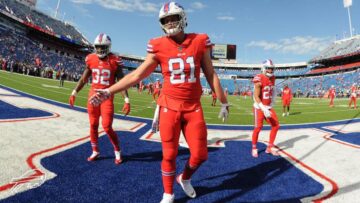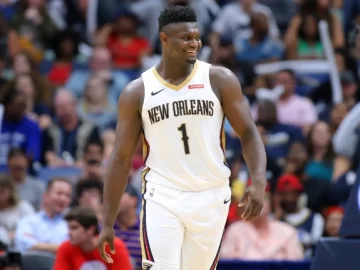Big league pitchers have heard the phrase “Throw him the heat!” perhaps more than any other phrase. Baseball fans have long had an infatuation with the game’s signature pitch, the fastball. There’s no doubt that for many who’ve played baseball, the pitchers that stand out the most are the ones who threw the hardest.
One of the burning questions at any one snapshot in baseball history is the question of who throws the hardest. At this snapshot in time, Aroldis Chapman is the game’s preeminent fireballer. When Chapman blistered the radar gun at 105 mph a few years back, many were calling him the fastest thrower of all time.
But this isn’t correct. Thanks to the scientific and mathematical analysis done in the documentary Fastball, we know it’s not correct. The distinction of fastest fastball belongs to Nolan Ryan‘s record 108 mph fastball.
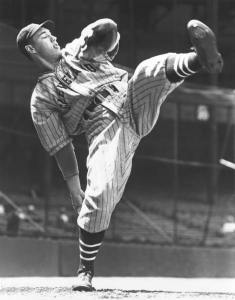
It’s the element of confrontation that the fastball brings to the game. The struggle between hitter and pitcher is one of the ultimate showdowns in sports, especially in those many instances where the hitters know what’s coming, and the pitcher knows exactly what he’s throwing. There’s nothing more primal in baseball than the predator-prey aspect of facing a hard fastball. It tests the very limits of what’s humanly possible.
The science of the fastball has been well studied, and Fastball does a wonderful job of putting it all together. One of the most striking comparisons made is the difference between a 92 mph fastball and 100 mph fastball. By the time a pitch thrown at 100 mph crosses home, a pitch thrown at 92 mph would still have 4.5 feet of travel left if thrown at the same time. At 100 mph, the batter has 0.396 seconds to process the pitch and make his decision to swing. Putting that in perspective, it takes a human being longer to blink.
This puts the hitter in a unique position that sets him in a situation where he must confront a cognitive dilemma of what’s humanly possible. For the pitcher, the dilemma is the same extreme, but it puts him in a unique position where it sets him at his limits of what is physically possible.
It’s even better when it’s late in the game and there are runners on the bases. Going beyond the science, there’s just something about watching a flame-throwing pitcher put the clamps down on the opposing lineup.
Discussing which pitcher is the hardest thrower in the modern game has long been settled by the radar gun. All MLB radar guns are set to record pitch speed at the 50-foot mark between the mound and the plate.
Until Nolan Ryan ushered in the “radar” age in 1974, there were only two other pitchers in history that were clocked using various devices. These pitchers are Walter “Big Train” Johnson, and Bob “The heater from Van Meter” Feller, or Rapid Robert for short. These are two of the best pitchers to ever take the mound, and arguably the best pitcher of their respective era. What’s unique about these three pitchers, however, is they were the first to have their pitches “clocked.”
Johnson’s pitch speed was calculated on a gun range, because where else would you test it? The Remington Arms Co. used a device that was normally used to measure the speed of a bullet. In summation, the calculation they arrived at, 83.2 mph, was flawed. Based on the design of the apparatus used, 83.2 mph is a calculation of how fast his pitch was travelling at 7.5 feet behind home plate. Adjusting pitch speed to meet modern standards, Johnson’s pitch was much closer to 93.8 mph.
Feller also threw a pitch through a device as did Johnson. However, this time the speed was measured right at home plate. Feller clocked in at an astonishing 98.6 mph on his fastest pitch of the test. Adjusting Feller’s pitch to align with today’s standard, he was closer to 107.6 mph. That’s 2.5 mph faster than Chapman’s officially recorded fastest pitch of 105.1 mph. Neither of these two pitchers have anything on Nolan Ryan though.
The year 1974 was a watershed year of sorts for how we have come to measure the speed of a pitch. This was the year that the concept of the radar gun was established. A bunch of smart people decided that if you use an infrared beam, you can quickly get an accurate reading of how fast a pitch is moving. It can also be set to read the same point of measurement repeatedly, giving a fair assessment of the speed. Nolan Ryan became baseball’s first pitcher to ‘light up” the radar at a major league park.
On Aug. 20, 1974, in a game against the Detroit Tigers, then Angels pitcher Nolan Ryan pitched an 11-inning complete game 1-0 loss. As a quick note, Nolan Ryan’s career is marked by playing on teams that weren’t all that good offensively. He truly is a case study in why wins aren’t the best judge of a pitcher’s worth in every instance. Not wanting to stray to far off topic though, in the game against Detroit, Ryan was clocked at 100.9 mph, in the ninth inning. That means that he was getting stronger as the game wore on!
But like Feller and Johnson before him, Ryan’s measurement needs to be adjusted too. Ryan’s pitch was measured at 10 feet in front of home plate. When the proper adjustments are made, his 100.9 mph fastball becomes closer to 108.5 mph. If you are keeping score, that is about 3.5 mph faster than Chapman’s fastest pitch on record. All hail the Ryan Express!
Feature image from baseballhall.org
You can like The Game Haus on Facebook and follow us on Twitter for more sports and esports articles from other great TGH writers along with Mark!
“From our Haus to yours”
- SEO Powered Content & PR Distribution. Get Amplified Today.
- Platoblockchain. Web3 Metaverse Intelligence. Knowledge Amplified. Access Here.
- Source: https://thegamehaus.com/mlb/nolan-ryans-record-108-mph-fastball/2023/04/16/?utm_source=rss&utm_medium=rss&utm_campaign=nolan-ryans-record-108-mph-fastball
- 1
- 100
- 107
- 7
- 8
- 9
- 98
- a
- About
- accurate
- adjusted
- adjustments
- Against
- All
- All Time
- analysis
- angels
- Anything
- ARE
- articles
- as
- aspect
- assessment
- At
- Baseball
- based
- BE
- Beam
- because
- before
- behind
- BEST
- Better
- between
- beyond
- Blink
- brings
- Bunch
- by
- calculated
- calling
- CAN
- Career
- case
- case study
- closer
- CO
- cognitive
- COM
- coming
- complete
- concept
- decided
- decision
- Design
- Detroit
- Detroit Tigers
- device
- Devices
- DID
- difference
- Doubt
- down
- element
- era
- especially
- esports
- established
- EVER
- Every
- exactly
- extreme
- facing
- fair
- fans
- FAST
- fastball
- faster
- Fastest
- Feet
- First
- flawed
- For
- from
- front
- game
- Get
- getting
- Giving
- going
- good
- great
- gun
- guns
- Hard
- Have
- High
- history
- Home
- How
- http
- HTTPS
- human
- image
- in
- instance
- Is
- IT
- Job
- Johnson
- jpg
- keeping
- kick
- League
- like
- limits
- Long
- longer
- major
- Major League
- make
- mark
- marked
- mathematical
- measure
- MLB
- Modern
- more
- moving
- needs
- normally
- of
- Off Topic
- Officially
- on
- One
- Other
- People
- perspective
- pitch
- pitched
- Pitchers
- plato
- plato data intelligence
- platodata
- platogaming
- Playing
- Point
- position
- possible
- preeminent
- Process
- putting
- question
- questions
- quick
- quickly
- radar
- range
- rapid
- read
- Reading
- record
- respective
- right
- ROBERT
- ryan
- Science
- score
- set
- sets
- Short
- situation
- smart
- Snapshot
- something
- speed
- Sports
- standard
- standards
- still
- Stray
- stronger
- Study
- Swing
- Take
- teams
- test
- tests
- TGH
- that
- The
- The Game
- The Game Haus
- their
- These
- Through
- tigers
- time
- to
- together
- topic
- travel
- ultimate
- unique
- us
- use
- various
- wanting
- watching
- well
- What
- What is
- WHO
- Wins
- with
- worth
- would
- year
- years
- youtube
- zephyrnet
